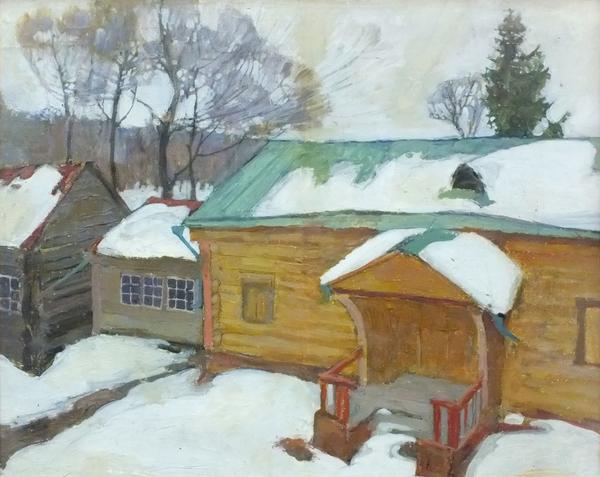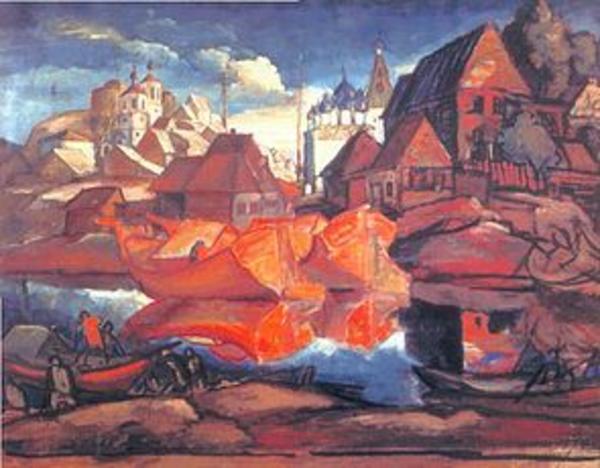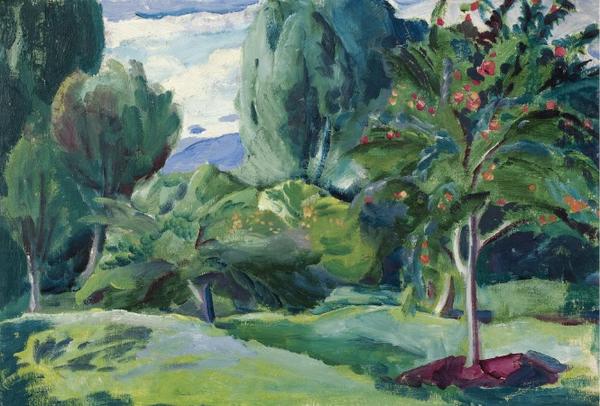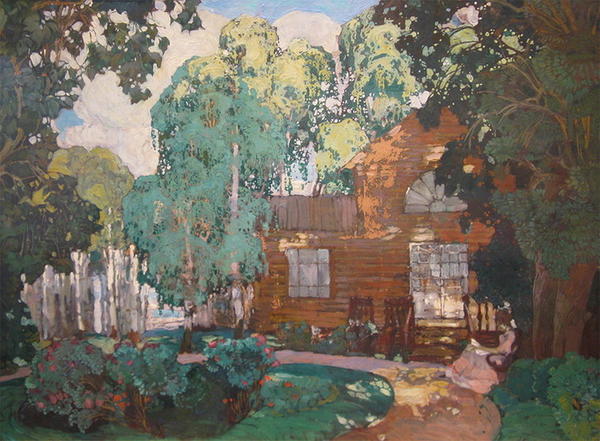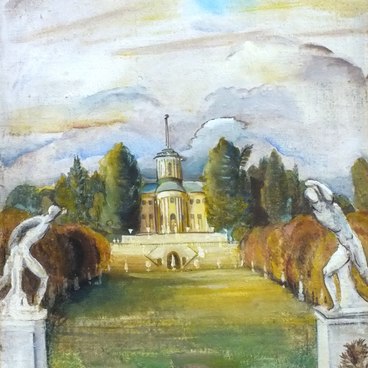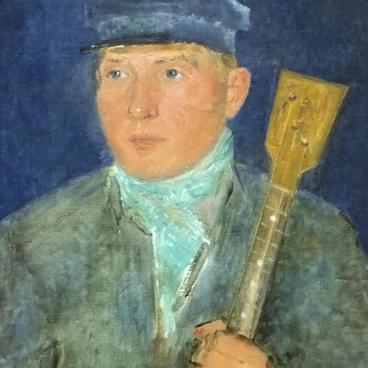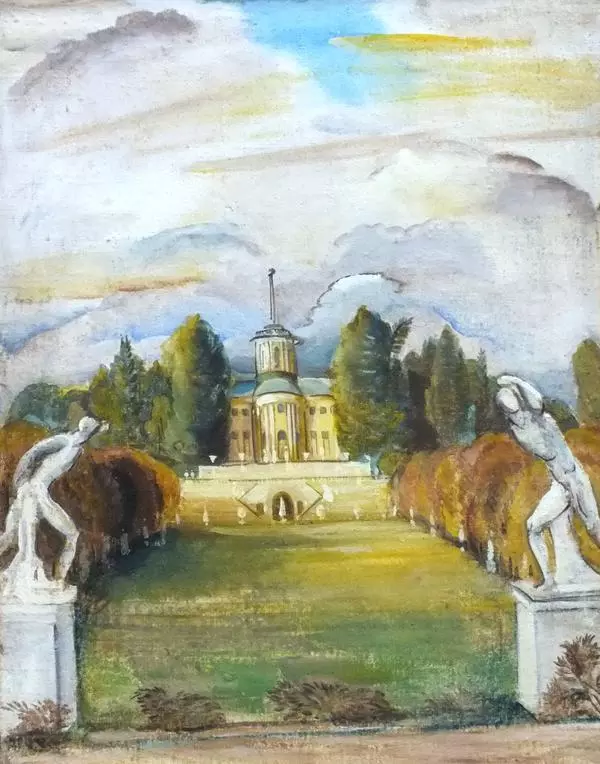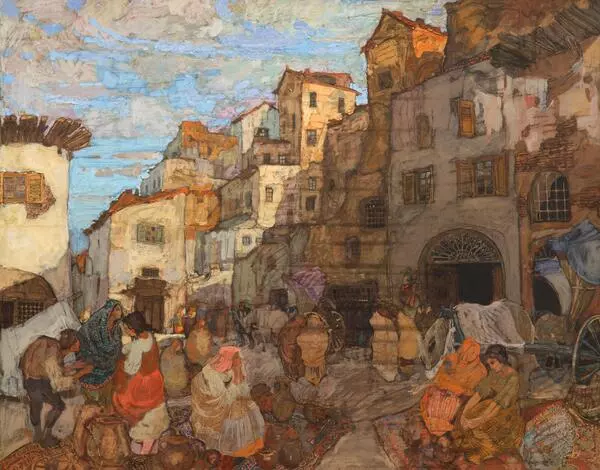Alexei Kravchenko was a famous Soviet graphic artist, master of woodcut and talented book illustrator. As a painter, the artist was not known to the general public for a long time, because in the Soviet times he did not exhibit his works.
Kravchenko was born in a peasant family in Pokrovskaya Sloboda (now Engels, Saratov Region). His father died very early, and his mother brought up the boy single-handedly.
His first teacher of drawing was an icon painter in the local church. And at the age of 15, having passed a great competition in the famous Moscow School of Painting, Sculpture and Architecture, Kravchenko got the opportunity to learn from such recognized masters as Konstantin Korovin, Valentin Serov, Abram Arkhipov and Apollinariy Vasnetsov.
After successfully completing the course, he travelled a lot in Russia, Italy, Germany, Greece and India. Several landscapes painted by the artist during these trips were purchased for the imperial collection, the Rumyantsev Museum and the Tretyakov Gallery.
In one of the letters sent by the young artist to his mother from Italy, where he was for an exhibition, Kravchenko wrote: ‘…Repin arrived… came up close to my work and, after examining my technique, said: “Amazingly firm manner…”
In 1915, the artist married his compatriot Ksenia Tikhonova. After the wedding the newlyweds were going to live in Moscow, but in November 1915 Kravchenko was drafted into the army, where he worked as a photojournalist until the summer of 1917.
In the turbulent year of 1917, the family finally moved to Moscow, but in March 1918, returned to Saratov, where Kravchenko was sent to manage the affairs of fine arts by order of the People’s Commissar for Education Anatoly Lunacharsky. According to one version of the events, Lunacharsky, who knew the artist personally and treated him well, sent him to Saratov to save from political persecution, as Kravchenko had been accused of being a ‘voice of the bourgeoisie’.
In Saratov Kravchenko did not remain idle. In addition to his creative work, he was engaged in administrative work: he chaired the committee of the Institute of Fine Arts, was Head of the Radishchevsk Museum and dean of the graphic faculty of the Bogolyubov Drawing School (after the revolution renamed into the Higher Free Art and Technical Workshops).
The family was not spared a tragedy, though. In the spring of 1919, the artist’s father-in-law, a former local deputy of the Saratov City Duma, merchant Stepan Tikhonov was arrested and then shot.
Two years after the tragedy, in 1921, the family returned to Moscow again. The next two decades were the most fruitful in the artist’s career. His illustrations to famous classical works of literature from around the world were published. He worked a lot in woodcut, etching and linocut techniques.
During his life the artist created more than a thousand engravings on wood, about two hundred etchings and a huge number of drawings. His works are in the collections of major museums and private collections around the world.

